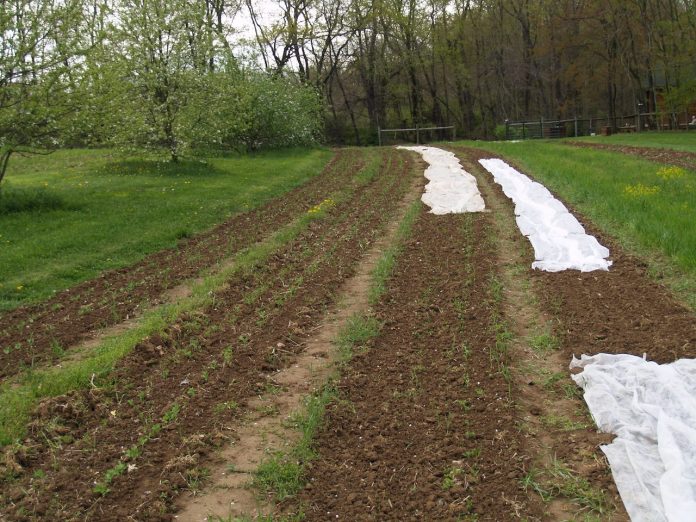If you burn wood as a primary or supplemental heat source in the winter, you might want to consider saving the ashes for your lawn or garden in the spring. Wood ashes are an excellent source of calcium and other plant nutrients and can help improve acidic soil.
Nutrients in wood ash
Wood ashes are the organic and inorganic remains after the combustion of wood. While nitrogen and sulfur gases are lost, other plant nutrients are left behind. Wood ash contains 1.5 to 2 percent phosphorous and 5 to 7 percent potassium. Listed as a fertilizer, most wood ash would have the analysis of 0-1-3 (N-P-K). Additionally, the calcium content of wood ashes ranges from 25 to 50 percent.
Generally, hardwood species produce three times more ashes and five times more nutrients than softwood species.
Soil testing
Although adding wood ash to soil can add nutrients, it’s best to use wood ash as a liming material to adjust soil pH rather than a fertilizer because of its high calcium content. Most garden plants prefer a pH range between 6.0 and 6.5. As pH falls below this ideal range, essential minerals are less available to plants. Periodic pH adjustment is necessary overtime because soils tend to become more acidic as plants take up nutrients. However, you want to have a soil test done to confirm your soil’s acidity beforehand. If you apply wood ash too excessively it can build up pH above the optimum range, which can also reduce nutrient availability.
Spreading wood ash
The first thing you need to determine is how much wood ash to spread on your garden. Although the amount will vary depending on your soil test results and what you plan to grow, a good rule to follow is 20 pounds (roughly a 5-gallon pail) per 1,000 square feet of garden — about the amount you get from burning one cord of firewood.
Once you’ve determined the amount of wood ash you should spread, you want to make sure to topdress the ashes or spread them evenly up to a half inch thick. If you leave wood ashes in lumps or piles, you run the risk of creating concentrated areas of excessive salt that can leach into the soil and create a harmful environment for your plants.
Other tips
Safety considerations. Because wood ashes are alkaline (they have a high pH level) you may want to wear eye protection, gloves and a dust mask. You should also avoid scattering them in the wind.
Only use ashes from wood. Don’t use ash from burning trash, cardboard, coal or pressure-treated, painted or stained wood. These materials can contain potentially harmful substances.
Don’t apply during seeding. Wood ash contains too many salts for seedlings.
Maximum application. The maximum suggested application is 3 pounds per 100 square feet of soil surface in a single season.
Plant preferences
Some plants prefer acidic soils. If you’re planning to grow any of these in your garden, hold off on applying wood ashes.
- Blueberries
- Azaleas
- Potatoes
- Rhododendrons
Other plants prefer more alkaline soil. These plants include:
- Asparagus
- Conifers
- Juniper
- Forsythia
- Lilac
- Caryopteris
Additional uses for wood ash
- Use wood ash on your lawn. When applied to your lawn, wood ash will benefit your grass and foster the growth of clover, which improves soil and provides nectar for bees. Make sure to apply it lighter than you did in your garden at 10 to 15 pounds per 1,000 square feet.
- Use wood ashes to make tea for tomatoes. Put five pounds of ashes in a permeable cloth or burlap bag, tie it shut and soak it in a 50-gallon garbage can filled with water. Let it sit for about four days, then pour a cupful around your tomato plants once a week when the plants begin to flower.
- Spread ashes around the base of hardwood trees. This practice allows nutrients to be returned to their source. Apple trees, especially, respond well to an infusion of wood ashes in their soil.
- Store wood ashes. To avoid losing nutrients, wood ashes not immediately applied to your garden should be stored under dry conditions. Ashes that are piled outdoors lose most of their potassium in a year due to leaching from rain.












Hi Sara, I’m from Ravenna, Portage County.
Great job on the research for wood ash.
Very important additive that allows all chemistry to rebalance the soil .
I’m very happy to see this coming back into our perview.
Curtis- Colorado